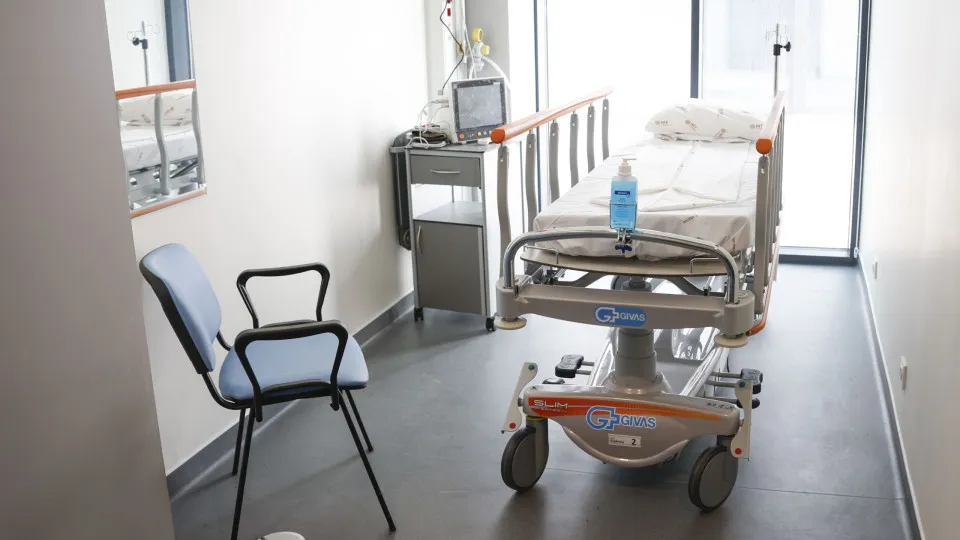
The Independent Union of Doctors (SIM) has expressed disappointment about the government’s proposed legislation regarding the Regional Centralized External Emergency Services, noting the absence of specific incentives for work outside usual units. The document only mentions allowances and transport, standard in public administration relocations.
The SIM’s analysis, obtained by Lusa, also highlights the lack of a maximum distance definition between the original workplace and the destination hospital, which could result in unlimited relocations.
In a statement to Lusa ahead of a new meeting with the Health Ministry, SIM’s Secretary-General Nuno Rodrigues lamented the government’s decision to send “excerpts of the legislation” lacking previously discussed incentives for professionals.
“These incentives have disappeared, and the distance limit has vanished,” Rodrigues said, citing potential reluctance from the Ministry of Finance to establish such incentives as a possible reason.
The SIM also identifies “conflicting legal norms with the Collective Work Agreement effective from July” and notes the absence of considerations on whether the population covered by new emergencies will determine the minimum standard team configuration, potentially affecting “the analysis and definition of the adequate number of doctors.”
The plan lacks procedures for addressing saturation in inpatient or maternity wards, despite hospitals designated to handle regional emergencies not being scaled to accommodate the population they would serve.
On a positive note, the SIM acknowledges the formal definition of the regional emergency, legally recognizing current and new ones, with apparent applicability to the entire country and all specialties. There’s also the potential for adaptation based on available resources in each region.
The SIM plans to present a counterproposal including essential amendments to ensure the “operational feasibility, legal robustness, and clinical safety” of regional emergency reorganizations.
Nuno Rodrigues stressed that “incentives need to be stipulated” and there should be “a distance limit within which doctors should expect to be mobilized.”
“It cannot be an open-ended agreement,” he warned.
The union emphasizes in the document that, due to “legal insufficiencies, lack of incentives, and no guarantee of complete teams,” it rejects the current components of this legislation and believes that, in its present form, it “will not meet the government’s expected objectives.”
The SIM also reviewed the legislation establishing Centers of High Performance in Obstetrics and Gynecology, considering it a potentially “useful tool if identified gaps are addressed.”
Positive aspects include acknowledgment of multidisciplinary teams and differentiated organization in critical areas, creating productivity and quality-based incentives, the possibility of gradual implementation through pilot projects, and voluntary professional participation.
Negative aspects involve a lack of assurances for non-participating professionals, unclear hierarchies and responsibilities between local health units and the National Health Service’s Executive Board, omission of essential specialties such as Pediatrics and Immunohematology, undefined productivity criteria, absence of training supervisor supplements, and no mention of enhanced formative capacity in Gynecology/Obstetrics.
According to Nuno Rodrigues, the legislation may have been approved in the Council of Ministers on Wednesday with “text reservations,” making it still subject to changes.
The union views this as “an unacceptable method in a serious negotiation process, hindering a rigorous evaluation of the proposals.”




